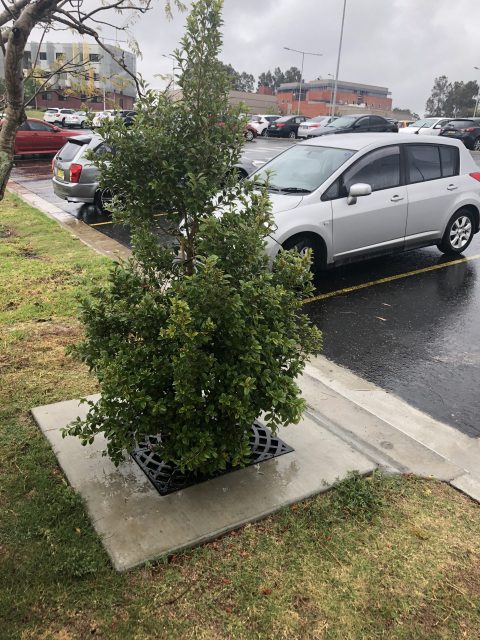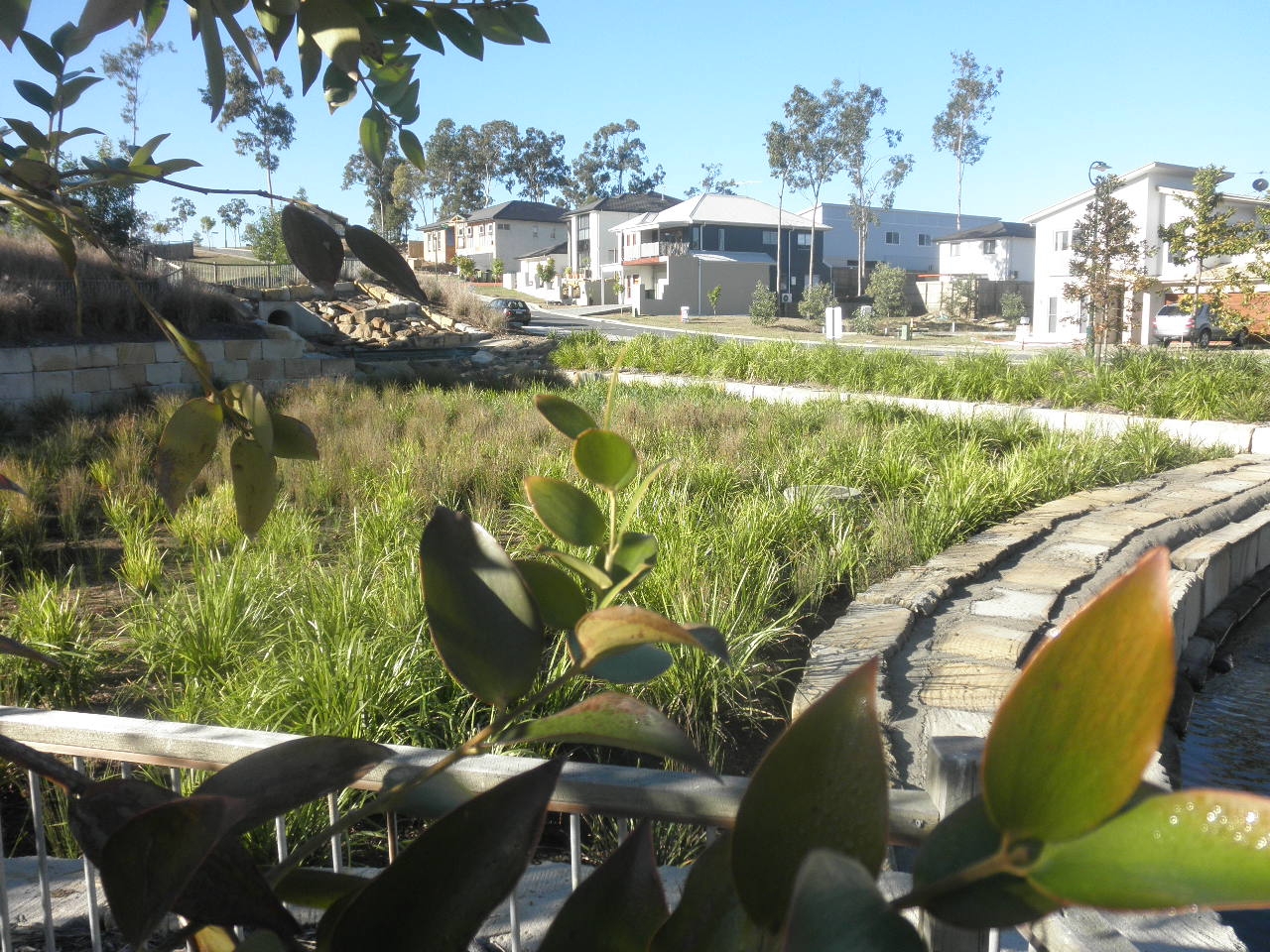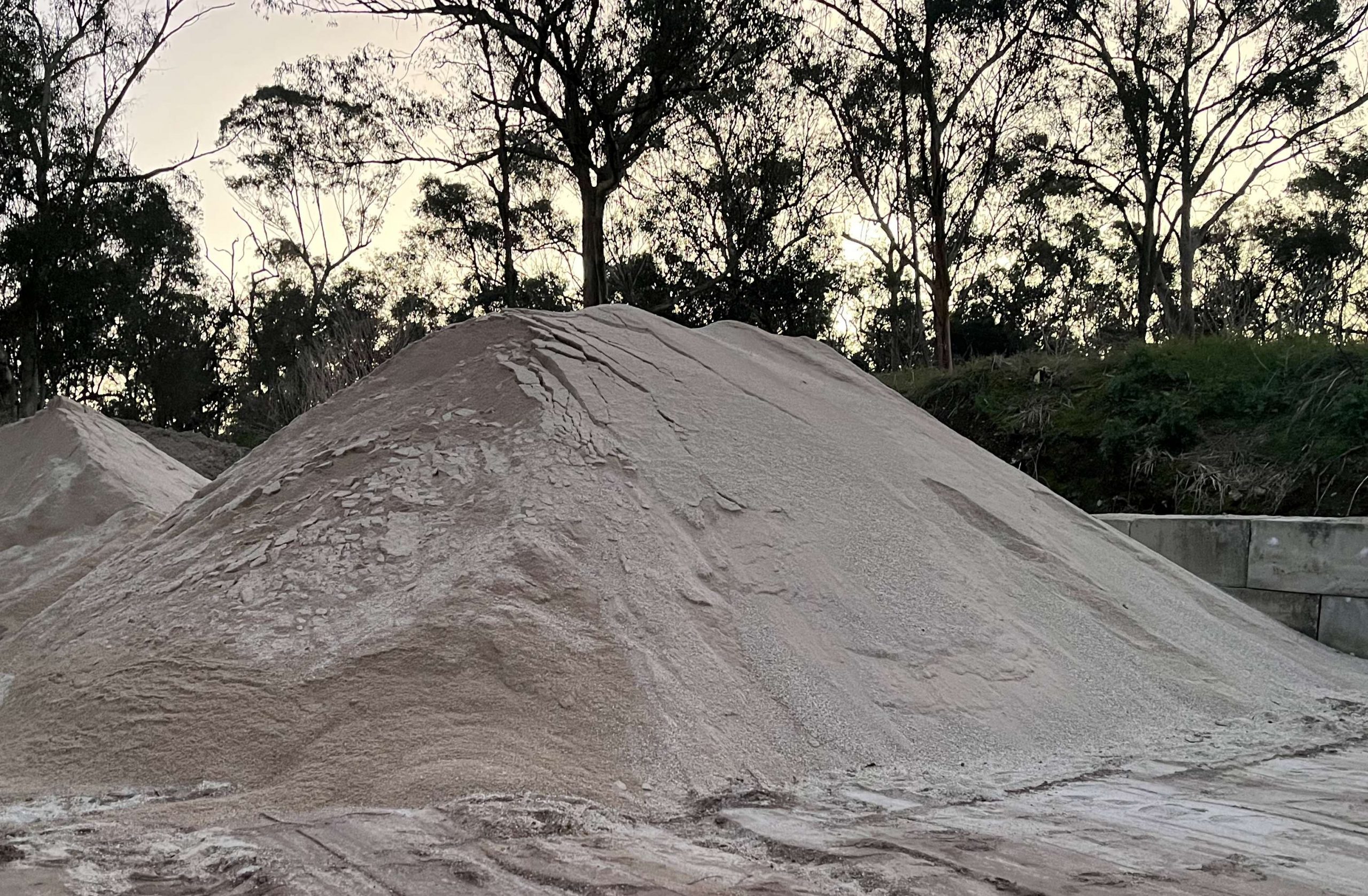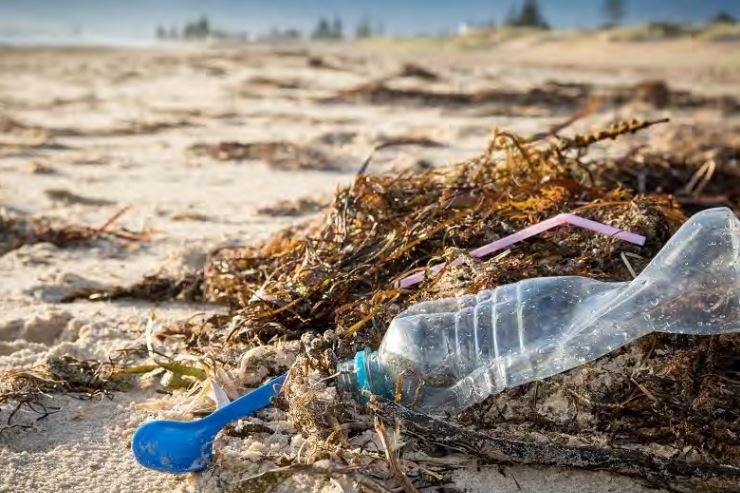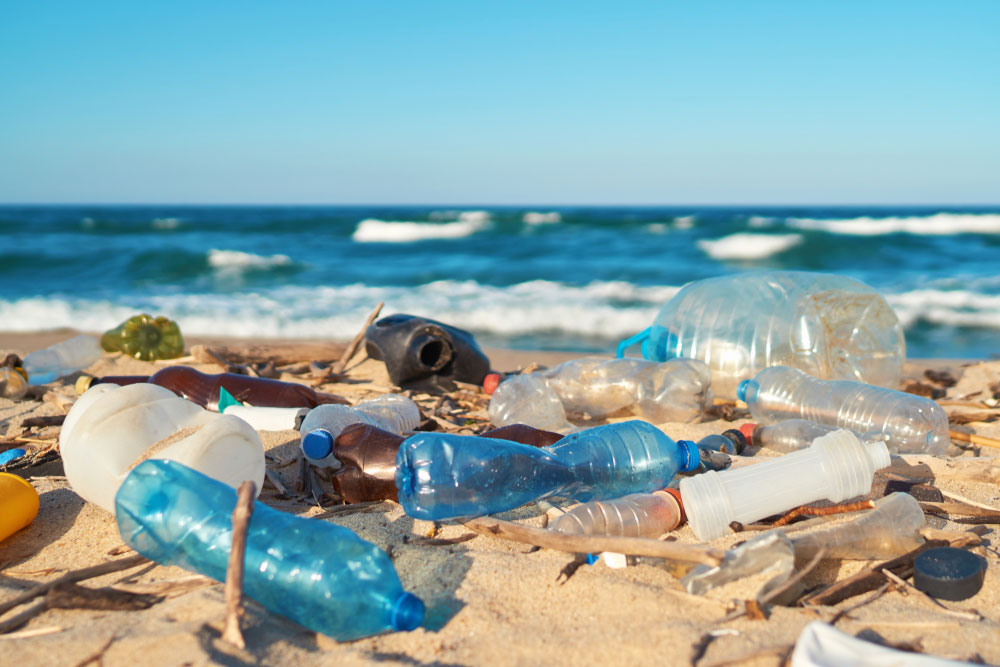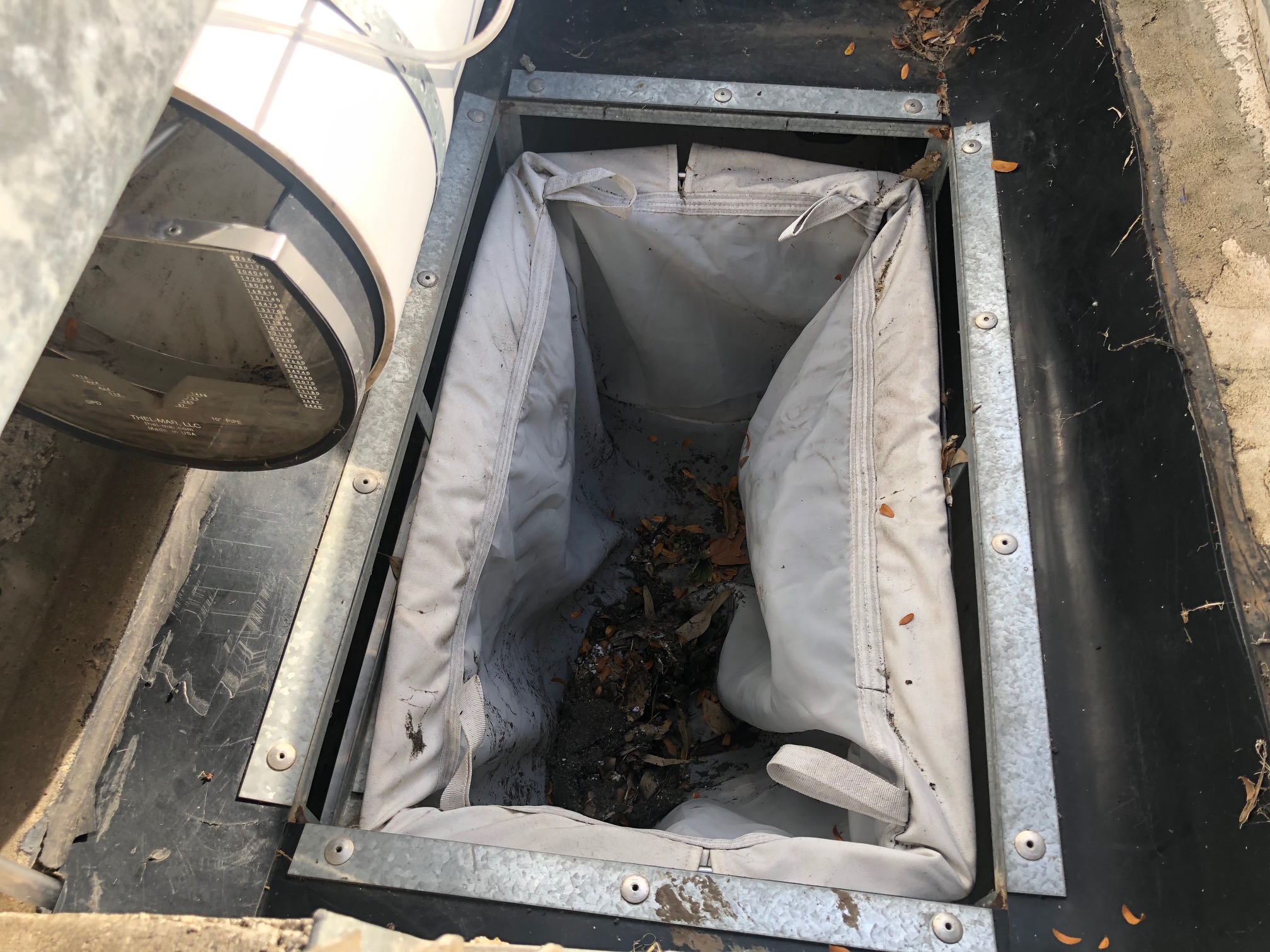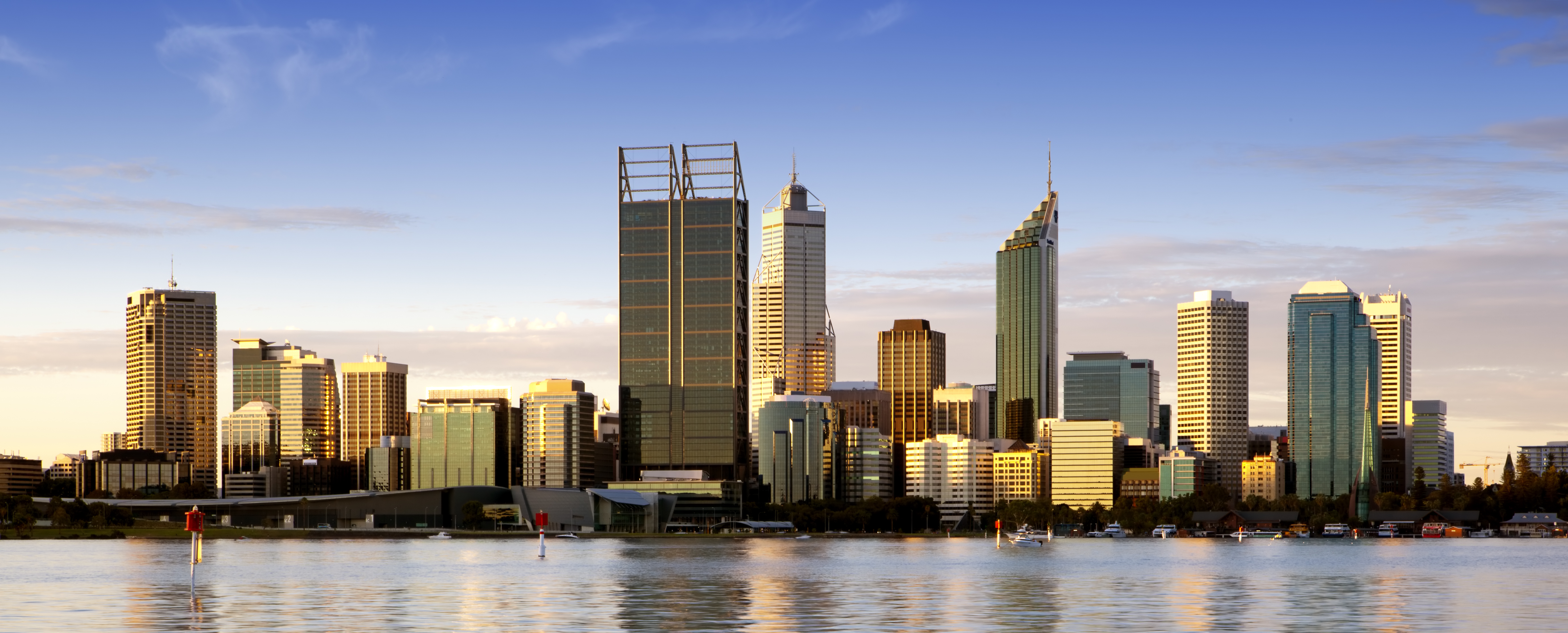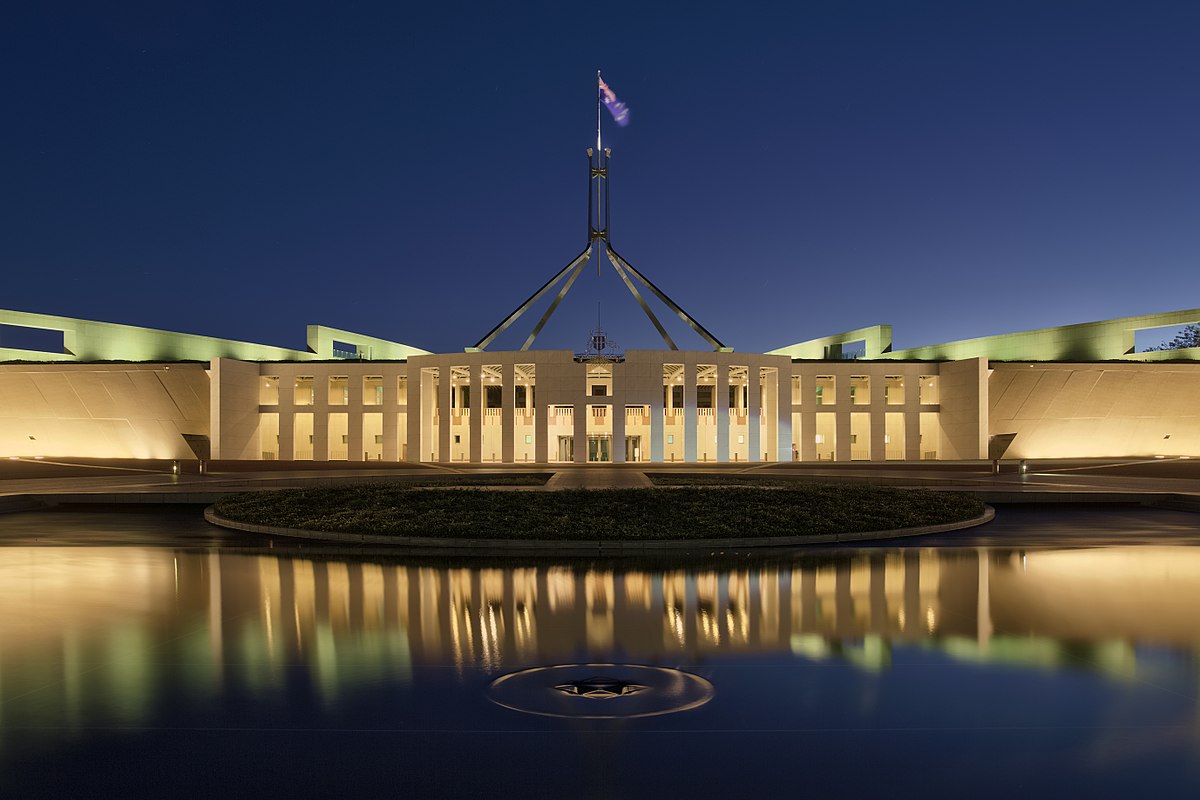Open letter to Australian politicians and councillors – you are missing one very important environmental policy in your election promises.
Dear Members of Parliament and Senators,
As you pound the pavement campaigning to win office, we would like to draw your attention to a gaping hole in your environmental policies and we’re not talking about climate change. There is one immediate issue facing us: 80% of ocean plastic pollution comes from land-based sources and it flows there via urban stormwater runoff. Urban stormwater runoff also contains harmful levels of other less visible (but extremely damaging) pollutants, such as suspended solids, heavy metals, nutrients and bacteria.
The evidence is irrefutable. The technologies and legislation already exist to solve the problem. However, there is a massive divide between what we should be doing and what we are doing.
I ask you: if your tap was running and flooding your kitchen, what would you do first? Grab a mop and bucket or turn off the tap? You would turn the tap off, right? Let’s make it a legal requirement for private and public sectors to stop the flow of pollution to the ocean.
I acknowledge that our business will benefit from this initiative. However, so too will thousands of Australian businesses across multiple sectors – as will all Australians via more jobs and healthy oceans.
With the ocean providing over half the oxygen we breathe and being a major source of food for the world’s population, there is a critical need for action and we all have the ability to make change.
The facts:
- Each year, at least eight million tonnes of plastics flow into the ocean – which is equivalent to dumping the contents of one garbage truck into the ocean every minute. If no action is taken, this is expected to increase to two per minute by 2030 and four per minute by 2050 [1]
- Stormwater is recognised as the key source of pollution in our urban waterways and the vast majority of marine debris entering Australian waters is land-based and generated locally [3,4]
- Every time it rains, stormwater runoff from most urban areas within Australia flows to our waterways and oceans without any stormwater treatment to remove pollutants (including plastics). Where stormwater treatment assets are present to capture pollutants, they seldom receive appropriate maintenance, meaning captured pollutants aren’t removed – often making the assets completely ineffective.
- The degradation of our waterways and oceans is a public health risk and has a direct impact to our economy, with the ban on commercial fishing and cautions around consumption of fish products from Sydney Harbour due to pollution [5] as just one current example
- A recent national survey found that the number one concern for Australians when it comes to population growth is marine and waterway health – rated higher than traffic congestion, competition for jobs and housing density [6]
- The solutions to mitigate the aforementioned problems are available and cost-effective. However, the future cost to rectify these problems and implement appropriate solutions will only increase unless urgent action is undertaken now.
Solutions exist. We need your help to implement them.
We are calling on Federal, State and local Government to collaboratively achieve the following key outcomes:
- Appropriate stormwater management for all new development, including targets associated with litter (pollutants greater than 5mm in diameter) and other pollutants, such as suspended solids and nutrients
- Appropriate management and continued maintenance of existing and new stormwater treatment assets (on both private and publicly owned land) by 2021
- Zero discharge of litter from all urbanised areas within Australia by 2040
If we kill the oceans, we kill ourselves.
Regards,
Jeremy Brown, Ocean Protect
[1] Ellen
MacArthur Foundation, 2017, The New
Plastics Economy: Rethinking the Future & Catalyzing Action, https://www.ellenmacarthurfoundation.org/assets/downloads/publications/NPEC-Hybrid_English_22-11-17_Digital.pdf
[2] Melbourne
Water, 2016, Management of the ecological
impacts of urban land and activities on waterways – Issues Paper: understanding
the science, https://www.clearwatervic.com.au/user-data/resource-files/2016_08-waterways-issues-paper-pub.pdf
[3] Dr Britta
Denise Hardesty, CSIRO, Committee Hansard,
26 February 2016, p. 1, https://parlinfo.aph.gov.au/parlInfo/search/display/display.w3p;query=Id:%22committees/commsen/439759d8-696a-4708-b877-eaf069b0776f/0001%22;src1=sm1
[4] Britta Denise
Hardesty and Chris Wilcox, CSIRO,
Understanding the types, sources and at‐sea distribution of marine debris in Australian waters, https://www.environment.gov.au/system/files/pages/8ff786ed-42cf-4a50-866e-13a4d231422b/files/marine-debris-sources.pdf
[5] Department of Primary Industries, Fishing in Sydney Harbour, https://www.dpi.nsw.gov.au/fishing/recreational/fishing-skills/fishing-in-sydney-harbour
[6] Survey commissioned by Ocean Protect and conducted by Pureprofile in January 2019. 1,000 Australians over 18 year olds and geographically segmented to represent the population.

